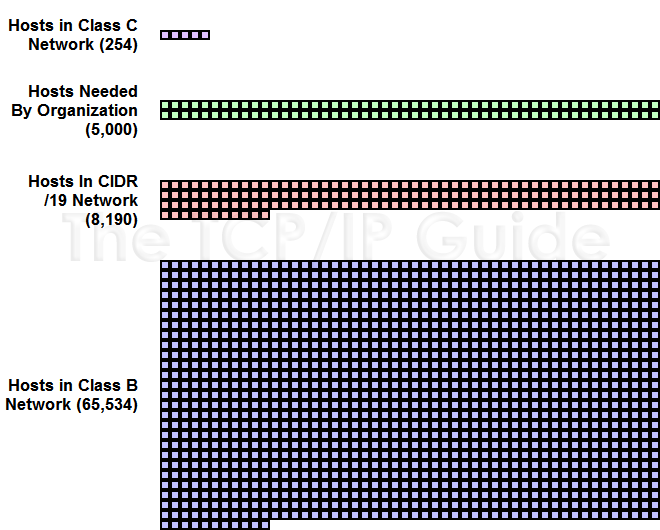 |
|
Please Whitelist This Site?
I know everyone hates ads. But please understand that I am providing premium content for free that takes hundreds of hours of time to research and write. I don't want to go to a pay-only model like some sites, but when more and more people block ads, I end up working for free. And I have a family to support, just like you. :)
If you like The TCP/IP Guide, please consider the download version. It's priced very economically and you can read all of it in a convenient format without ads.
If you want to use this site for free, I'd be grateful if you could add the site to the whitelist for Adblock. To do so, just open the Adblock menu and select "Disable on tcpipguide.com". Or go to the Tools menu and select "Adblock Plus Preferences...". Then click "Add Filter..." at the bottom, and add this string: "@@||tcpipguide.com^$document". Then just click OK.
Thanks for your understanding!
Sincerely, Charles Kozierok
Author and Publisher, The TCP/IP Guide
|
|
|

Custom Search
|
|
IP Classless Addressing and "Supernetting" Overview, Motivation, Advantages and Disadvantages
(Page 3 of 3)
The Many Benefits of Classless Addressing and Routing
CIDR provides numerous advantages over the “classful” addressing scheme, whether or not subnetting is used:
- Efficient Address Space Allocation: Instead
of allocating addresses in fixed-size blocks of low granularity, under
CIDR addresses are allocated in sizes of any binary multiple. So, a
company that needs 5,000 addresses can be assigned a block of 8,190
instead of 65,534, as shown in Figure 81.
Or, to think of it another way, the equivalent of a single Class B network
can be shared amongst 8 companies that each need 8,190 or fewer IP addresses.
- Elimination of Class Imbalances: There
are no more class A, B and C networks, so there is no problem with some
portions of the address space being widely used while others are neglected.
- Efficient Routing Entries: CIDR's multiple-level
hierarchical structure allows a small number of routing entries to represent
a large number of networks. Network descriptions can be “aggregated”
and represented by a single entry. Since CIDR is hierarchical, the detail
of lower-level, smaller networks can be hidden from routers that move
traffic between large groups of networks. This
is discussed more completely in the section on IP routing issues.
- No Separate Subnetting Method: CIDR implements
the concepts of subnetting within the internet itself. An organization
can use the same method used on the Internet to subdivide its internal
network into subnets of arbitrary complexity without needing a separate
subnetting mechanism.
Figure 81: Classless Addressing (CIDR) Solves The “Granularity Problem”
Figure 64 illustrated the primary problem with “classful” addressing: the great distance between the size of Class B and Class C networks. CIDR solves this issue by allowing any number of bits to be used for the network ID. In the case of an organization with 5,000 hosts, a /19 network with 8,190 hosts can be assigned. This reduces the address space waste for such an organization by about 95%.

Since the main benefit of “classful” addressing was its simplicity, it's no surprise that the main drawback of CIDR is its greater complexity. One issue is that it is no longer possible to determine by looking at the first octet to determine how many bits of an IP address represent the network ID and how many the host ID. A bit more care needs to be used in setting up routers as well, to make sure that routing is accomplished correctly.
|
| |||||||||||||||||||
Home - Table Of Contents - Contact Us
The TCP/IP Guide (http://www.TCPIPGuide.com)
Version 3.0 - Version Date: September 20, 2005
© Copyright 2001-2005 Charles M. Kozierok. All Rights Reserved.
Not responsible for any loss resulting from the use of this site.






